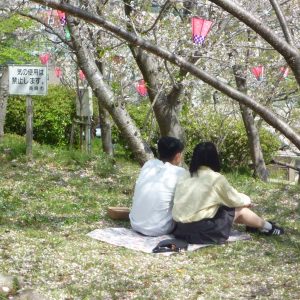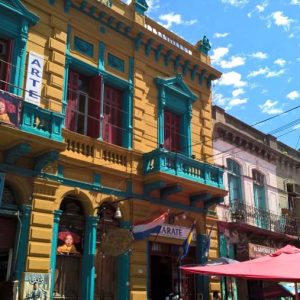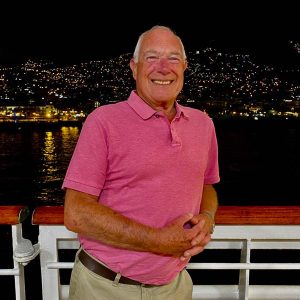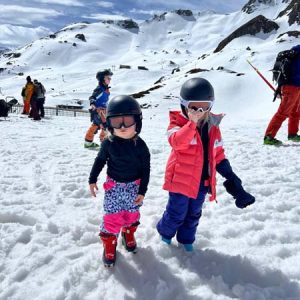No Stress but salty
Cape Verde is a cluster of 10 islands that sit approximately 500km off the west coast of Africa. We were visiting Sal, which attracts more tourists than any other Cape Verdean island. Like many, we were here for the climate (very little rain falls) and whilst the UK was seeing temperatures fall to between 2 and 9C as November progressed, we were being treated to a daily 30C, with overnight lows around 24C.
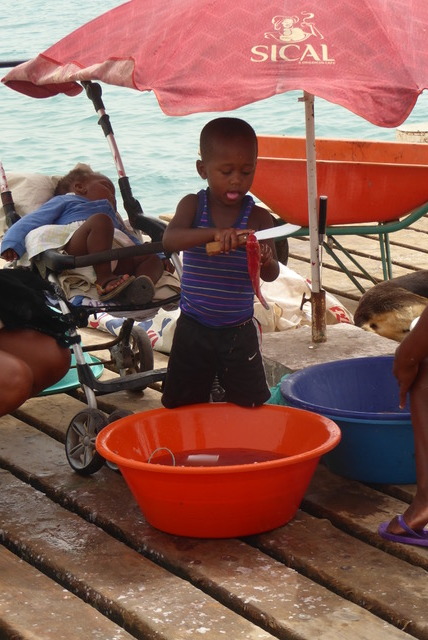 We stayed at the TUI Sensimar just outside of Santa Maria, an adults-only, all-inclusive resort. As well as having a long and lovely stretch of beach to enjoy, there was an impressive array of water sports on offer by local providers, should your energy and budget allow. The hotel itself is an oasis of relaxation, pretty much self-contained and mercifully distanced from the town.
We stayed at the TUI Sensimar just outside of Santa Maria, an adults-only, all-inclusive resort. As well as having a long and lovely stretch of beach to enjoy, there was an impressive array of water sports on offer by local providers, should your energy and budget allow. The hotel itself is an oasis of relaxation, pretty much self-contained and mercifully distanced from the town.
A complimentary shuttle made daily runs into Santa Maria itself and perhaps the kindest thing I can say about our trip there is that it’s an hour of my life I’ll never get back. The focal point is the pier where the catch of the day is landed and cleaned prior to onward passage to local restaurants and hotels. It was a bit of a ‘heart in the mouth’ experience for us, with a 3 year old helping his mum with the fish cleaning and wielding a knife almost as long as his forearm. A walk around town is to run the gauntlet of locals who want to be you pal and guide you to their particular shop or stall on the market. The best part was the taxi journey back to the hotel, a fixed 3 Euros and an excellent insight into what it would be like to take part in a rally.
The catchphrase of the island is no stress and that was epitomised by a trip on the Cuba Libre. The small sailboat (max 10 passengers) left from the pier at Santa Maria and sailed up the coastline. After a few minutes the engine was switched off and we are treated to the serenity of billowing sails gently gliding our craft through crystal clear waters. Interestingly, as we pass the point where 2 currents meet, the sand deposited here is actually growing the island. A new lighthouse has been built, the previous one finding itself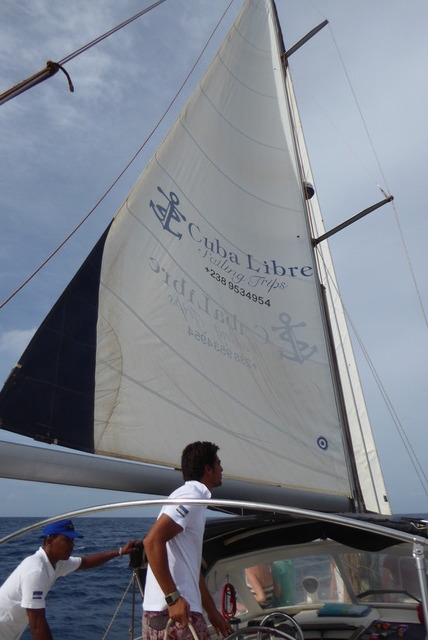 marooned inland. A brief snorkel stop just prior to returning to the pier completes a fabulous morning seeing some of Sal from the sea.
marooned inland. A brief snorkel stop just prior to returning to the pier completes a fabulous morning seeing some of Sal from the sea.
Many things of interest can be explored on an all-day island tour or ‘Postcards of Sal’ as provided by TUI. It should be noted that many of the other and cheaper excursions cover similar ground but do so via an open backed pickup truck with padded benches. These can be fun but passengers are exposed to the sun, heat and dust for the majority of the day, plus entrance fees and lunch are often extra. TUI run their service on an air conditioned bus and entrance fees, lunch, a knowledgeable guide, plus a local cocktail are inclusive.
Llana was the original name of the island meaning flat, because it is largely flat. The name was later changed to Sal, meaning salt, in recognition of the importance for the economy of exporting salt. Buracona means hole and is, well, a hole (you’re getting how things are named now right?) in the volcanic rock. The main draw is that this hole, the window to a cavernous underground lake, creates a blue eye like shape in the water when the sun shines through in a particular way. Noon seems to be about the right time in the summer, but it was a cloudy day on our visit so the eye was a no show.
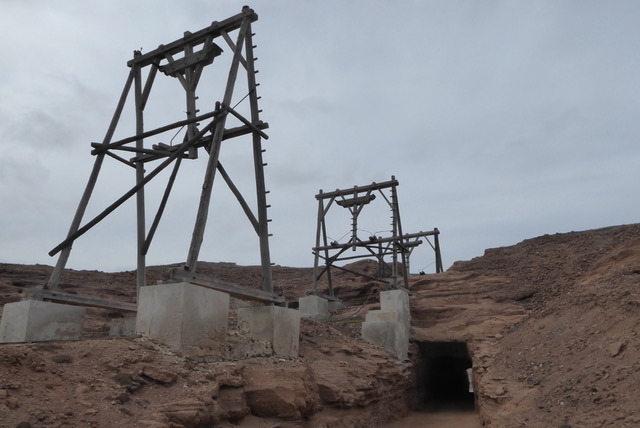 More interesting is a visit to the Pedra Lume salt lakes. You can see the old salt extraction machinery dating back to the 1800’s but taking a dip in the water is the main attraction. The ancient volcano has been morphed into multiple salt beds where the concentration of salt is around 25 times that of normal sea water. So you float in a Dead Sea type experience, riding high in the water, but force your feet to the bottom and you can still feel the gentle heat of the now dormant but thermally active volcano. Tip: it’s a long walk downhill including quite a few steps to get to the water but a complimentary 4×4 will take people with mobility issues there and back upon request.
More interesting is a visit to the Pedra Lume salt lakes. You can see the old salt extraction machinery dating back to the 1800’s but taking a dip in the water is the main attraction. The ancient volcano has been morphed into multiple salt beds where the concentration of salt is around 25 times that of normal sea water. So you float in a Dead Sea type experience, riding high in the water, but force your feet to the bottom and you can still feel the gentle heat of the now dormant but thermally active volcano. Tip: it’s a long walk downhill including quite a few steps to get to the water but a complimentary 4×4 will take people with mobility issues there and back upon request.
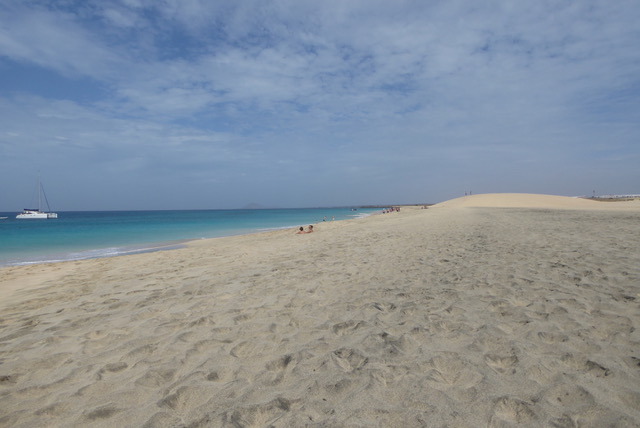 Other stops along the way introduce you to the vast beaches of the coastline, where kitesurfing enthusiasts take advantage of the fairly consistent winds that blow across the island at this time of the year. Visits to Palmeira, expected to have its port expanded to be able to accommodate cruise ship visits in 2019, and the capital Espargos helped to get a flavour of an island whose people and economy rely almost exclusively on tourism. You can see progress is being made for its inhabitants as the shanty towns are gradually being replaced by social housing, with tourism providing jobs for natives of Sal and other Cape Verde islands. Palmeira has some nice street art too.
Other stops along the way introduce you to the vast beaches of the coastline, where kitesurfing enthusiasts take advantage of the fairly consistent winds that blow across the island at this time of the year. Visits to Palmeira, expected to have its port expanded to be able to accommodate cruise ship visits in 2019, and the capital Espargos helped to get a flavour of an island whose people and economy rely almost exclusively on tourism. You can see progress is being made for its inhabitants as the shanty towns are gradually being replaced by social housing, with tourism providing jobs for natives of Sal and other Cape Verde islands. Palmeira has some nice street art too.
Dredging the bottom of the barrel of things to see on the island, a short pit stop to a natural mirage was made. It does have a strange misty property to it though, rather than the shimmering water style mirage we are perhaps more used to seeing.
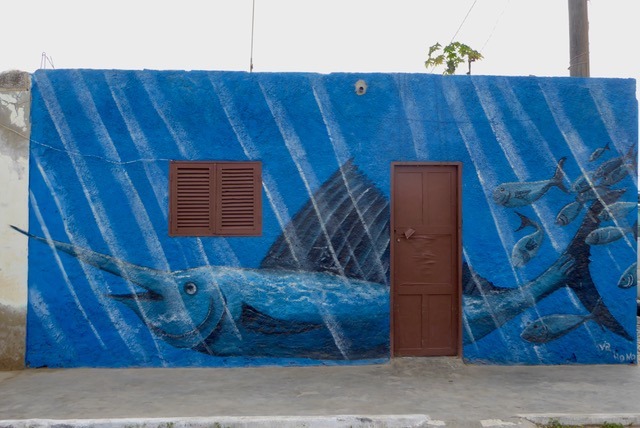 The day’s excursion is completed with a visit to the modest Botanical gardens, which survives in this otherwise arid and barren terrain (it only rained for one day last year) by using waste water recycled from the local hotels. There is also an element of animal sanctuary about it, with a selection of rescued animals making their home here.
The day’s excursion is completed with a visit to the modest Botanical gardens, which survives in this otherwise arid and barren terrain (it only rained for one day last year) by using waste water recycled from the local hotels. There is also an element of animal sanctuary about it, with a selection of rescued animals making their home here.
In all honesty (for me) Sal is mainly about grabbing some winter sun, with some fine resorts to nab a lounger in and recharge your batteries. Aside from that there is enough of interest on the island, including many water based activities, to get you out of the resort for a few hours. As the thermometer plummets in many parts of the northern hemisphere, Sal offers a very pleasant alternative to the oncoming chill.
Here is a montage of scenes from Sal.
Silver Travel Advisor recommends Serenity Holidays – Cape Verde Experience.

